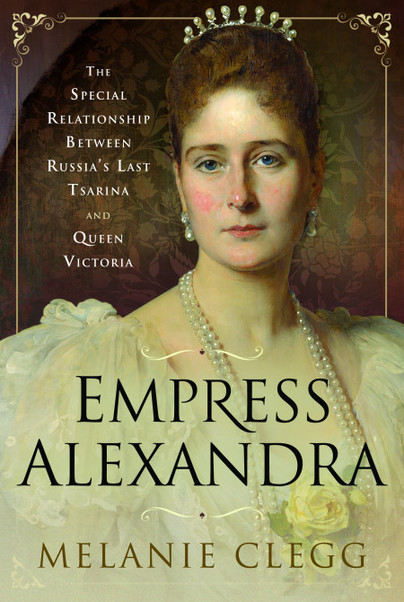You see, the man is mad. MAD. He could see nothing but that woman.~Prime Minister Baldwin quoted in The Crown in Crisis
Drawing from newly released archival sources, interviews, letters, and diaries, here is the full story of Edward VIII whose love for American divorcee' Wallis Simpson caused him to give up the throne, threatening the stability of the British government and the monarchy.
Edward was charming and beloved by the common people, but he preferred pleasure to work and freedom to upholding the narrow conventions expected from a monarch. He had no intellectual interests, no Christian faith (although head of the state church), and hated the drudgery of being a monarch.
Readers learn about Edward's personality and weaknesses, his gay life and affairs, and how Wallis came to be his obsession.
The British newspapers would not publish stories about Edward's affair with the married Wallis. The couple took a pleasure cruise across the world with friends, the foreign press filled with photographs and stories about them.
Wallis found herself trapped by Edward's compulsive addiction, trying valiantly to talk him out of his determination to marry her if her divorce was granted. He was too powerful; he would not listen to her pleas; and the divorce and the abdication went through.
The once-king lost his homeland, his property, his power, and his family to gain the woman he loved. Wallis was imprisoned in a marriage she had hoped to avoid.
In that moment, I realised how heavy was the price I had paid... ~Edward VIII quoted in The Crown in Crisis
This is more than a love story, more than a history of a deeply flawed man. It tells the story of a government in crisis, struggling to deal with the most unexpected challenge. It is riveting as history, and disturbing as a portrait of a self-centered leader who put the personal above their duty to nation.
I received a free egalley from the publisher through NetGalley. My review is fair and unbiased.
The Crown in Crisis: Countdown to the Abdication
by Alexander Larman
St. Martin's Press
Pub Date January 19, 2021
ISBN: 9781250274847
hardcover $27.99 (USD)
From the publisher
The thrilling and definitive account of the Abdication Crisis of 1936On December 10, 1936, King Edward VIII brought a great international drama to a close when he abdicated, renouncing the throne of the United Kingdom for himself and his heirs. The reason he gave when addressing his subjects was that he could not fulfill his duties without the woman he loved—the notorious American divorcee Wallis Simpson—by his side. His actions scandalized the establishment, who were desperate to avoid an international embarrassment at a time when war seemed imminent. That the King was rumored to have Nazi sympathies only strengthened their determination that he should be forced off the throne, by any means necessary.Alexander Larman’s The Crown in Crisis will treat readers to a new, thrilling view of this legendary story. Informed by revelatory archival material never-before-seen, as well as by interviews with many of Edward’s and Wallis’s close friends, Larman creates an hour-by-hour, day-by-day suspenseful narrative that brings readers up to the point where the microphone is turned on and the king speaks to his subjects. As well as focusing on King Edward and Mrs. Simpson, Larman looks closely at the roles played by those that stood against him: Prime minister Stanley Baldwin, his private secretary Alec Hardinge, and the Archbishop of Canterbury Cosmo Lang. Larman also takes the full measure of those who supported him: the great politician Winston Churchill, Machiavellian newspaper owner Lord Beaverbrook, and the brilliant lawyer Walter Monckton.For the first time in a book about the abdication, readers will read an in-depth account of the assassination attempt on Edward’s life and its consequences, a first-person chronicle of Wallis Simpson’s scandalous divorce proceedings, information from the Royal Archives about the government’s worries about Edward’s relationship with Nazi high-command Ribbentrop and a boots-on-the-ground view of how the British people saw Edward as they watched the drama unfold. You won’t be able to put down The Crown in Crisis, a full panorama of the people and the times surrounding Edward and the woman he loved.






